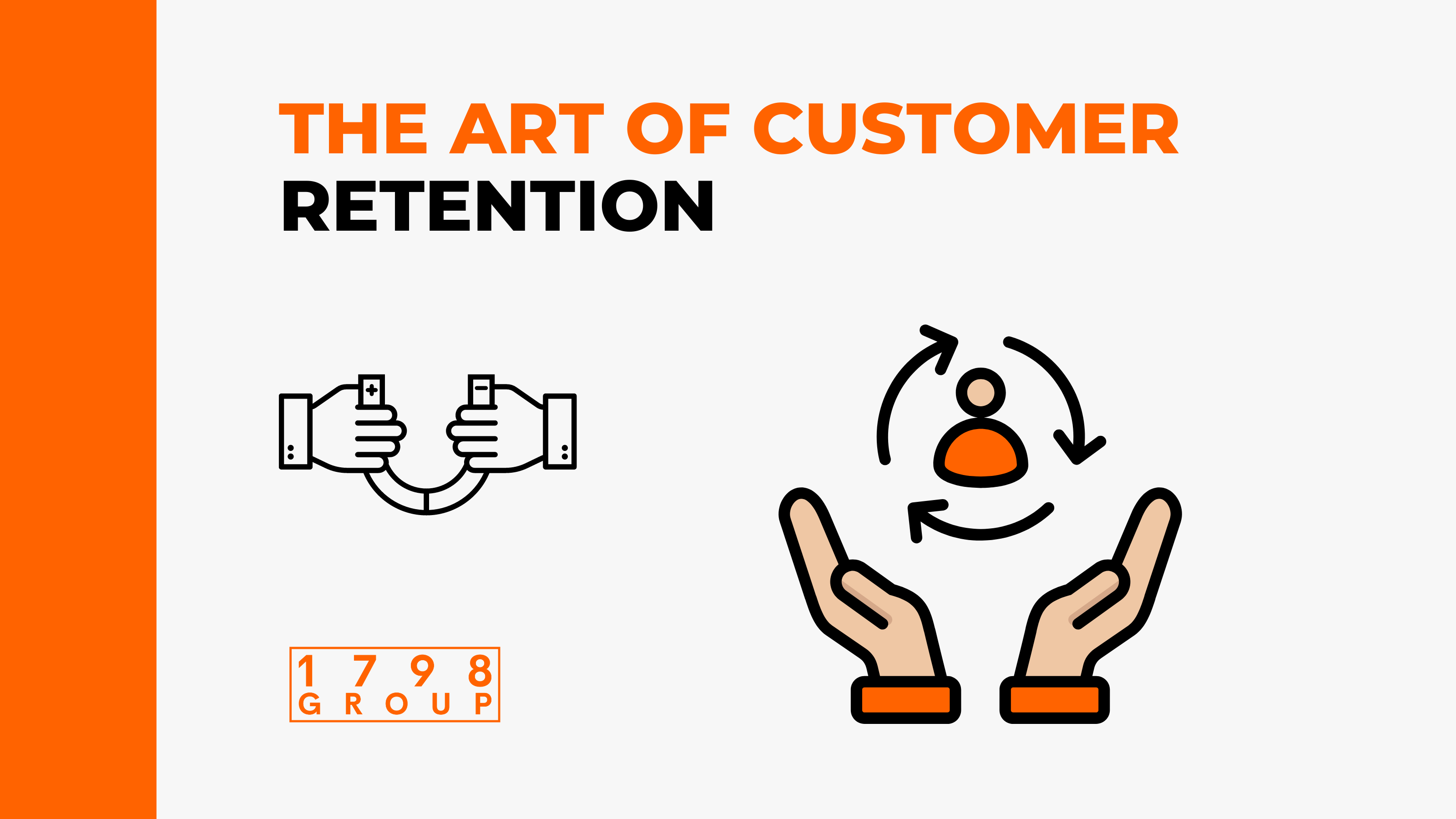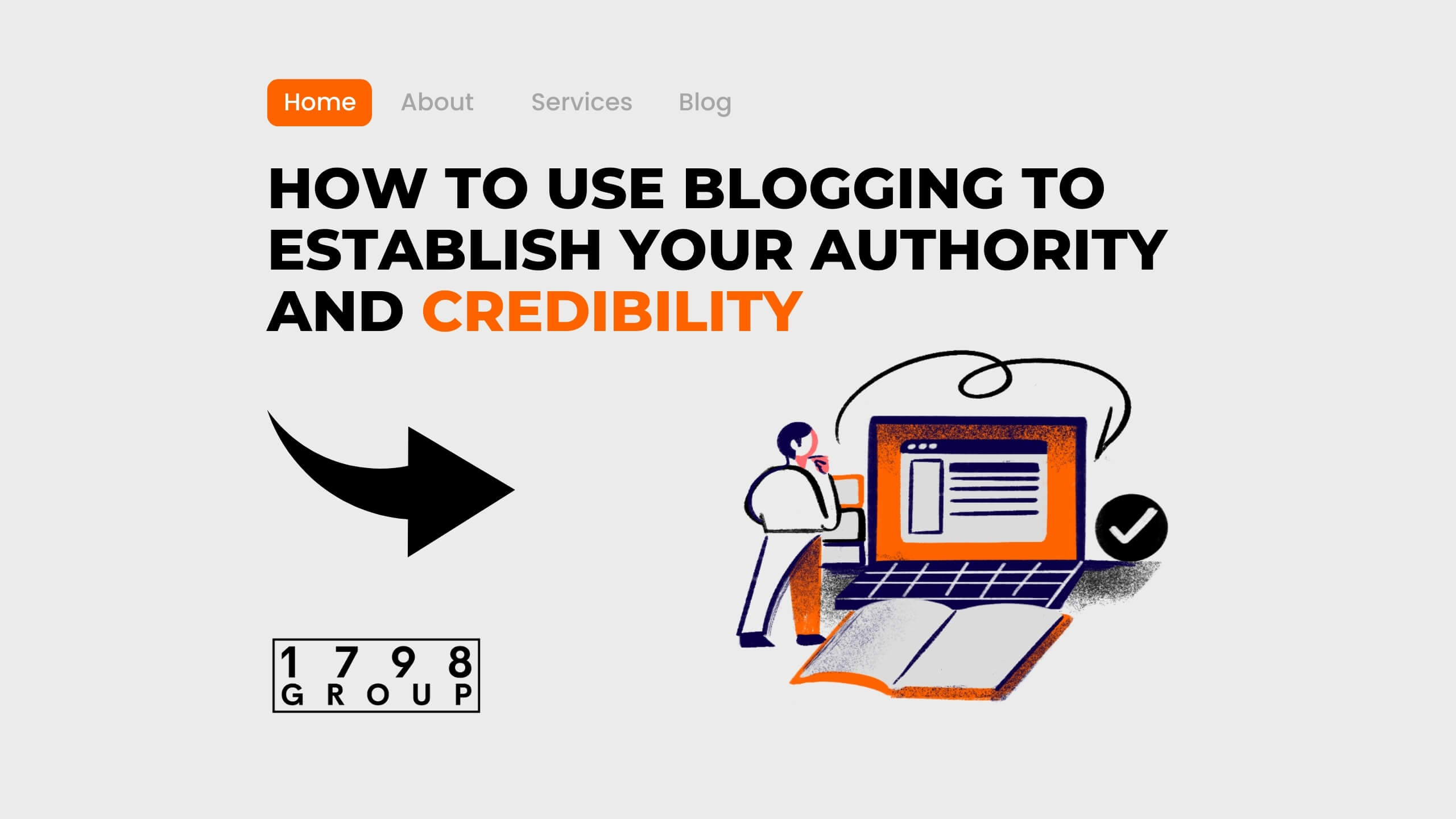
What will we cover in this article:
- The Importance of Customer Retention for Small Businesses
- Understanding Your Customers: The Key to Effective Retention Strategies
- Building Customer Loyalty Through Personalization and Customer Experience
- Staying Top-of-Mind: The Role of Email Marketing and Social Media in Customer Retention
- Resolving Issues and Handling Complaints: The Importance of Customer Service
- Measuring Customer Retention: Metrics and Tools for Small Businesses
- Conclusion: The Art of Customer Retention in Small Businesses
The Importance of Customer Retention for Small Businesses
Customer retention is critical for the long-term success of small businesses. Retaining existing customers is more cost-effective than acquiring new ones, and it can also increase revenue and profitability. Furthermore, loyal customers are more likely to refer others to your business, which can lead to new customers and continued growth. Therefore, small businesses must prioritize customer retention by developing effective retention strategies and continuously improving the customer experience.
Understanding Your Customers: The Key to Effective Retention Strategies
To develop effective customer retention strategies, small businesses must first understand their customers’ needs, preferences, and behaviors. This involves collecting and analyzing data about customer demographics, purchase history, and interactions with your business. By gaining insights into your customers, you can tailor your retention strategies to their specific needs and preferences. For example, if your customers value personalized experiences, you might invest in personalization technologies to improve the customer experience.
Building Customer Loyalty Through Personalization and Customer Experience
Personalization and customer experience are two key factors in building customer loyalty and retention. By tailoring your products, services, and interactions to individual customers, you can create a unique and memorable experience that encourages them to return. This might involve offering personalized recommendations, customized products or services, or exclusive promotions or discounts. Additionally, investing in the customer experience, such as through user-friendly websites, easy-to-use apps, and responsive customer service, can help build customer loyalty and keep customers coming back.
Staying Top-of-Mind: The Role of Email Marketing and Social Media in Customer Retention
Email marketing and social media can be powerful tools for staying top-of-mind with customers and encouraging repeat business. By sending regular newsletters, promotions, or personalized recommendations via email, small businesses can keep their brand and products top-of-mind for customers. Similarly, social media platforms like Facebook, Instagram, and Twitter can be used to engage with customers, provide updates and news, and encourage feedback and interaction. By using these channels effectively, small businesses can improve customer retention and drive ongoing business success.
Resolving Issues and Handling Complaints: The Importance of Customer Service
Effective customer service is essential for customer retention, as it helps to resolve issues and handle complaints quickly and efficiently. Small businesses must be proactive in addressing customer concerns and complaints, and provide timely and effective solutions. This might involve investing in customer service technologies like chatbots or social media monitoring tools, or offering 24/7 customer service support. By prioritizing customer service, small businesses can improve customer retention and loyalty, and build a positive brand reputation.
Measuring Customer Retention: Metrics and Tools for Small Businesses
Measuring customer retention is essential for small businesses to evaluate the effectiveness of their retention strategies and continuously improve the customer experience. Common metrics used to measure customer retention include customer lifetime value, churn rate, and repeat purchase rate. Additionally, there are a variety of tools and platforms available to help small businesses track and analyze customer data, such as CRM systems or customer analytics tools. By measuring customer retention and analyzing customer data, small businesses can identify areas for improvement and optimize their retention strategies for ongoing success.
Conclusion: The Art of Customer Retention in Small Businesses
Customer retention is a critical component of small business success and requires a proactive and strategic approach to build customer loyalty and retention. By understanding your customers, tailoring your products and services to their needs, and investing in the customer experience, small businesses can improve customer retention and drive growth. Additionally, by using email marketing and social media, prioritizing customer service, and measuring customer retention metrics, small businesses can continuously improve their retention strategies and build a strong customer base for long-term success.



